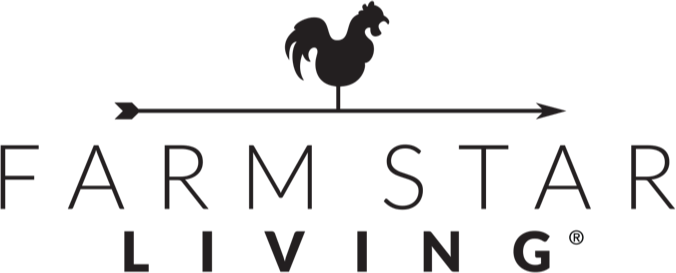
Health Benefits:
Aids in digestion
Helps prevent night blindness
Lowers blood pressure
May reduce cholesterol
May reduce risk of Alzheimer
May reduce risk of heart disease
Promotes heart health
Reduces risk of cervical cancer
Relieves PMS
Nutrition:
Serving size: 1/2 cup; Calories: 290; Fat: 3g; Cholesterol: 0mg; Sodium: 1mg; Carbs: 61g; Fiber: 8g; Protein: 11g; Potassium: 11%DV; Vitamin A: 0%DV; Vitamin C: 0%DV; Calcium: 1%DV; Iron: 10%DV
Did You Know?
- Despite it's name, buckwheat isn't related to wheat at all - it's not a grass. It's a seed.
- For all of you suffering from celiac disease buckwheat is gluten-free
- Because it grows so quickly, it doesn't require pesticides or other chemicals to grow well.
- Buckwheat hulls are used as pillow stuffing for those who are allergic to feathers, dust, and pollen.
- Rich in flavonoids
Ways to Eat:
- Buckwheat flour can be used to make gluten-free breads, pancakes, etc.
- As a rice substitute
Farming Trivia:
- The oldest known remains of buckwheat are found in China, as far back as 2600 BCE.
- It was one of the first crops introduced to North American by Europeans.
- In the United States, New York, Pennsylvania, Michigan, Wisconsin, Minnesota, and North Dakota are the leading producers of buckwheat.
Note: Always consult a physician for any specific health questions and concerns. Some of this information may be subject to change should there be any new findings from Federal Health Administration (FHA), Food & Drug Administration (FDA), American Medical Association (AMA), American Cancer Society (ACS), and / or other leading food, nutrition and medical advisors.

